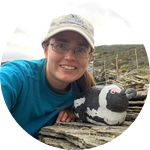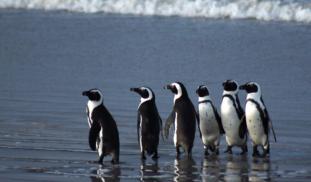131
0
0
Like?
Please wait...
About This Project
BirdLife South Africa
African Penguin numbers are decreasing due to a lack of prey (sardine & anchovy) on the west coast of South Africa. The population is also vulnerable because it is split by a 600 km gap between the east and west breeding colonies. We hope to do what has never been done before: create a new African Penguin colony! This will bridge the gap and reduce vulnerability to catastrophic events. But one thing we need to know before we do this is what potential predators there are around the chosen sites.
More Lab Notes From This Project

Browse Other Projects on Experiment
Related Projects
How do polar bears stay healthy on the world's worst diet?
Polar bears survive almost entirely on seal fat. Yet unlike humans who eat high-fat diets, polar bears never...
Uncovering hidden insect diversity associated with a likely undescribed gall-forming midge
Does a likely undescribed species of gall-forming midge (pers. comm. Ray Gagné) on Eriodictyon plants (Yerba...
Macrofungi of the California archipelago
The eight islands of the California Archipelago are a well-studied biodiversity hotspot — but we know almost...

